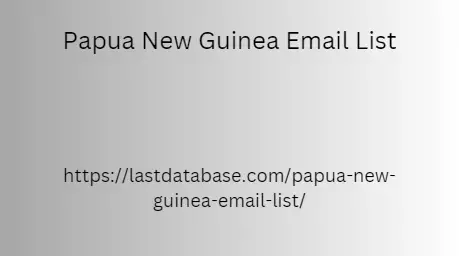Post by huangshi715 on Feb 15, 2024 8:38:54 GMT
Run a multivariate test to identify the optimal ordering of content blocks.” @marcusataylor CLICK TO TWEET In February, I wrote an insanely long post showcasing 109 beautiful responsive WordPress themes. I figured no one would actually scroll through all 109 themes, but wanted to see whether changing the ordering of the themes would impact engagement and time spent on page. Using a combination of old-fashioned spreadsheets and VWO click maps, I was able to identify the abnormally engaging and unengaging themes. This enabled me to reorder the themes so that the most engaging themes were positioned at the top of the post. Roundup post analysis Note: , I didn’t actually implement these themes in the years 2015-2023.
That’s just my inability to use Google Spreadsheet formulas properly. The Papua New Guinea Email List heat maps and click maps also showed me where I was receiving the biggest drop-offs in engagement. By moving some of the themes with abnormally high CTRs to these points I was able to extend the average time spent on page (although not by a large amount). VWO example Using tools such as Visual Website Optimizer, you can determine the optimal ordering of the content blocks on your list posts. 5. Test content length vs. content frequency One of my biggest challenges as a blogger is balancing content length and content frequency. It’s proven that, on average, longer posts generate more shares, links and traffic.

At the same time, increasing content frequency can also boost engagement, providing that the content is scaled while maintaining a degree of quality. This brings us to a dilemma. We (or our team of writers) only have so many hours in a day to write content, so is it best to write one 2,000-word post, or two 1,000-word posts? While there is no definitive answer, we can of course experiment to work out the point at which extra content generates diminishing returns. Quick Sprout did an analysis like this comparing content length vs. average rankings, number of links and social shares.
That’s just my inability to use Google Spreadsheet formulas properly. The Papua New Guinea Email List heat maps and click maps also showed me where I was receiving the biggest drop-offs in engagement. By moving some of the themes with abnormally high CTRs to these points I was able to extend the average time spent on page (although not by a large amount). VWO example Using tools such as Visual Website Optimizer, you can determine the optimal ordering of the content blocks on your list posts. 5. Test content length vs. content frequency One of my biggest challenges as a blogger is balancing content length and content frequency. It’s proven that, on average, longer posts generate more shares, links and traffic.

At the same time, increasing content frequency can also boost engagement, providing that the content is scaled while maintaining a degree of quality. This brings us to a dilemma. We (or our team of writers) only have so many hours in a day to write content, so is it best to write one 2,000-word post, or two 1,000-word posts? While there is no definitive answer, we can of course experiment to work out the point at which extra content generates diminishing returns. Quick Sprout did an analysis like this comparing content length vs. average rankings, number of links and social shares.
